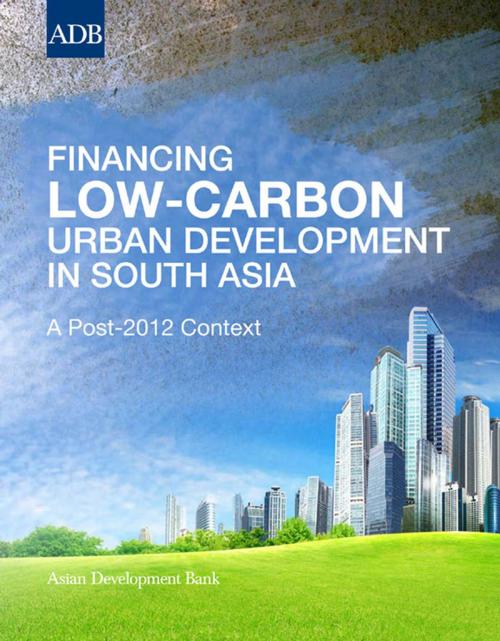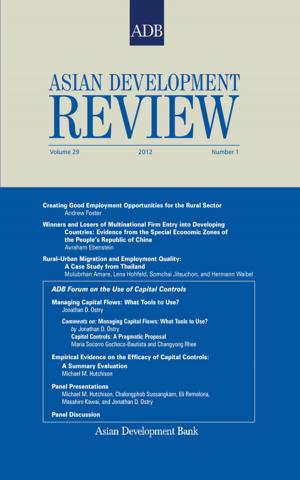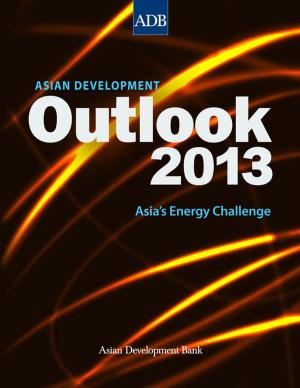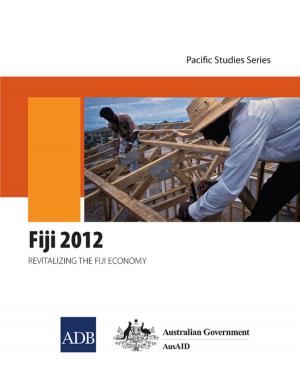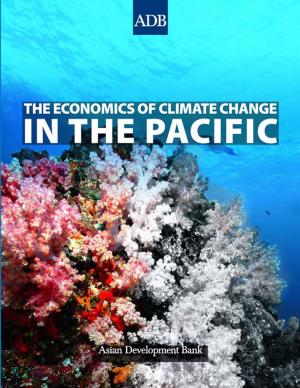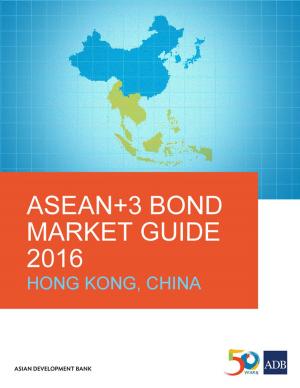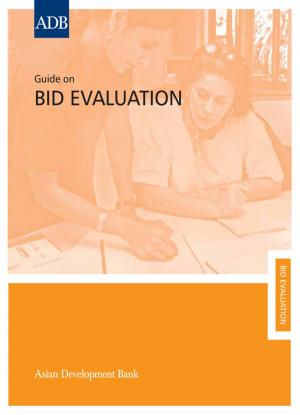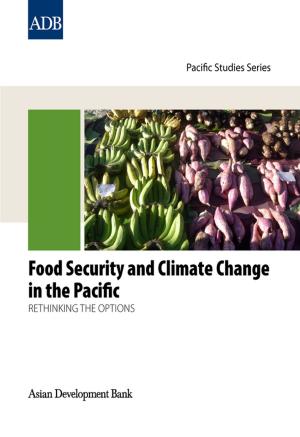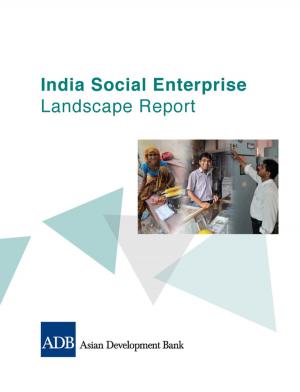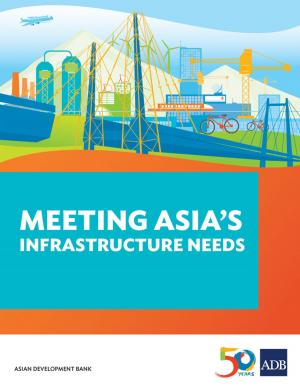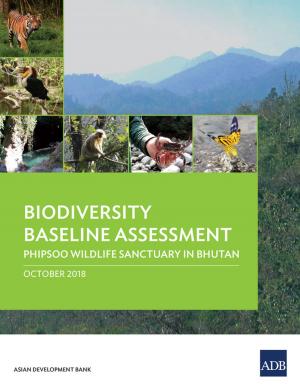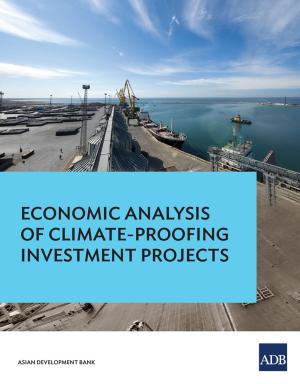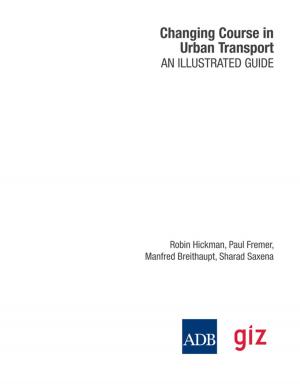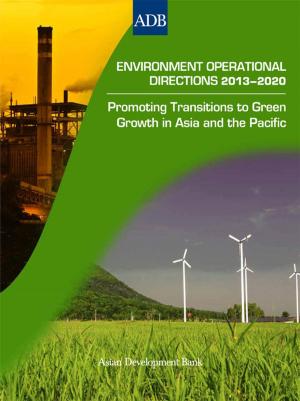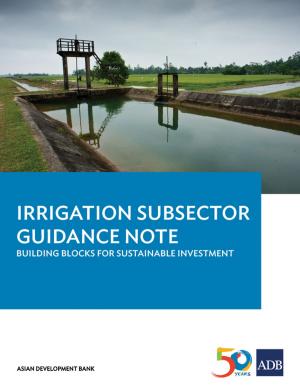Financing Low-Carbon Urban Development in South Asia
A Post-2012 Context
Nonfiction, Science & Nature, Technology, Engineering, Environmental, Business & Finance, Economics, Sustainable Development| Author: | Asian Development Bank | ISBN: | 9789292542757 |
| Publisher: | Asian Development Bank | Publication: | October 1, 2013 |
| Imprint: | Asian Development Bank | Language: | English |
| Author: | Asian Development Bank |
| ISBN: | 9789292542757 |
| Publisher: | Asian Development Bank |
| Publication: | October 1, 2013 |
| Imprint: | Asian Development Bank |
| Language: | English |
The cities of South Asia are growing at an unprecedented rate, and there is potential to steer this development onto a sustainable and green path. Carbon financing serves as a valuable revenue source to help cities earn additional income to support low-carbon development. With the end of the first commitment period of the Kyoto Protocol on 31 December 2012, a fragmented international carbon market now exists with various approaches to reducing greenhouse gas emissions outside the national borders of Annex I (industrialized) countries. Considering the potential for low-carbon development in South Asia, there is a need to help countries understand and navigate this new international carbon market. This guidance note (i) provides an overview of the carbon financing market in the post-2012 context, (ii) guides readers on how to access carbon finance, and (iii) highlights good practices in low-carbon urban development. It is aimed at government officials and project developers throughout South Asia, and is structured in a question-and-answer format for quick and easy reference.
The cities of South Asia are growing at an unprecedented rate, and there is potential to steer this development onto a sustainable and green path. Carbon financing serves as a valuable revenue source to help cities earn additional income to support low-carbon development. With the end of the first commitment period of the Kyoto Protocol on 31 December 2012, a fragmented international carbon market now exists with various approaches to reducing greenhouse gas emissions outside the national borders of Annex I (industrialized) countries. Considering the potential for low-carbon development in South Asia, there is a need to help countries understand and navigate this new international carbon market. This guidance note (i) provides an overview of the carbon financing market in the post-2012 context, (ii) guides readers on how to access carbon finance, and (iii) highlights good practices in low-carbon urban development. It is aimed at government officials and project developers throughout South Asia, and is structured in a question-and-answer format for quick and easy reference.
